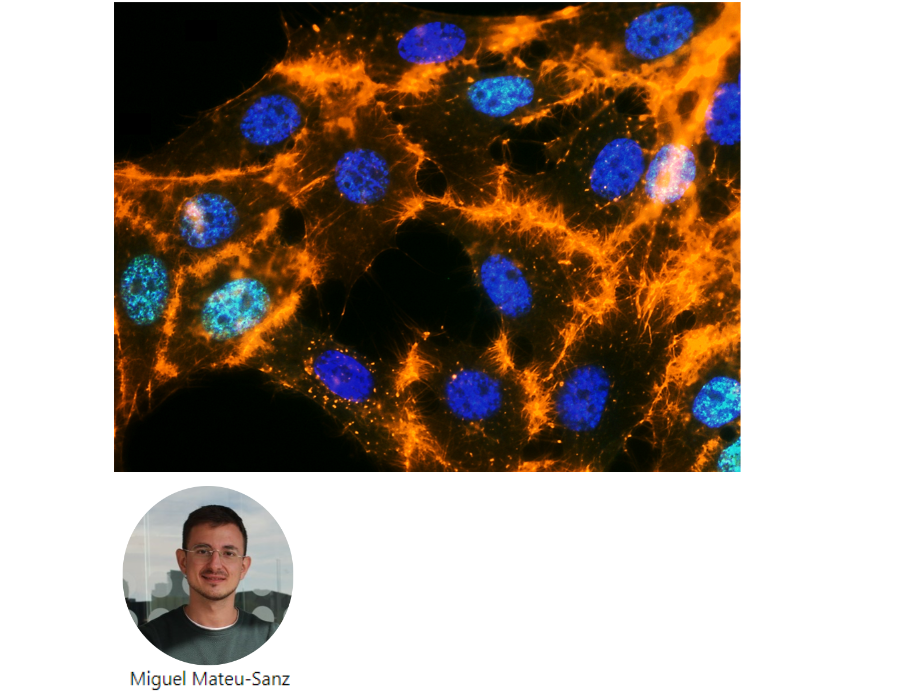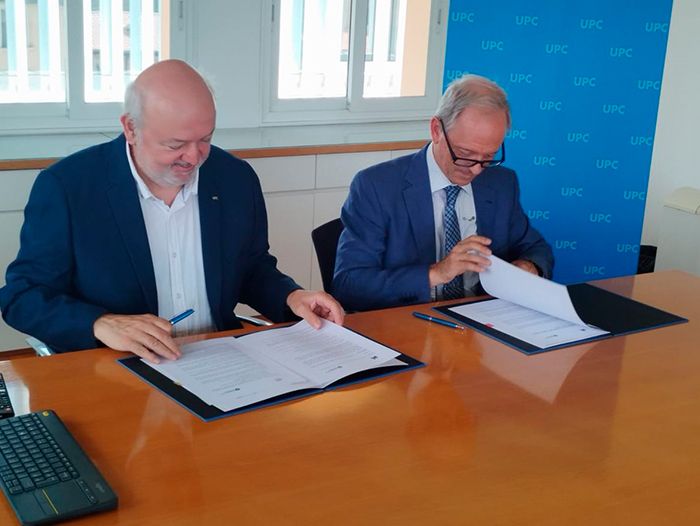In the medical field, the clinicians seek instruments to quantitatively assess the patient’s movement to evaluate the progression of the disease. In the motion analysis field, there are different tools to quantify the movement: goniometer, the optoelectronic motion capture and wearable sensor. All of them have positive and negative aspects but latterly the wearable sensors are gaining popularity thanks to some of their main characteristics like small dimension, light weight and reduced price. In particular, the IMUs have gained popularity because they allow for a quantitative and objective analysis outside the laboratory. In this context, the ArmTracker will represent a useful device to objectively assess and continuously monitor the motor function of the upper limb in children with DMD and SMA.
Osteosarcoma (OS) is the most common type of bone tumor which appears in long bones and mainly affects children, adolescents and young adults. Despite its low incidence, it is ranked among the most frequent cause of cancer-related death in child. Current therapy for OS consist in surgical resection of the tumor, combined with chemotherapy or radiation, but patient survival still remains relatively low (50-60%) and it is associated with systemic toxicity and side effects. For these reasons, innovative anti-cancer therapies are of interest.
Cold atmospheric plasmas (CAP) are a highly reactive state of the matter that can be created by applying an electrical discharge to a gas. CAP are a source of reactive molecules, UV and electromagnetic fields that can be employed for different biomedical purposes, like antimicrobial sterilization and wound healing. Recently, CAP have also been suggested to target a wide range cancer cells without damaging healthy cells and tissues.
Although further investigations are needed, the results of the present work provide evidence of PCL as a promising tool for OS treatment.
On June 22, the BIOMEC research group from CREB UPC, in collaboration with the Institute of Robotics and Industrial Informatics and the Sant Joan de Déu Hospital, showcased the ongoing developments of the ArmTracker project to the public. The project aims to create a portable system for evaluating the motor function of patients diagnosed with Duchenne muscular dystrophy and spinal muscular atrophy.
We are looking for a PhD candidate to investigate the use of novel recombinant proteins for tissue engineering. The candidate will design, synthesize and purify recombinant proteins, inspired from extracellular matrix and growth factors, to stimulate adhesion and differentiation of human stem cells into relevant lineages for tissue regeneration. The novel designed proteins will be chemically attached onto different biomaterials (metallic and polymeric), and 3D-printed in cell-laden hydrogels for different target clinical applications (bone regeneration, wound healing, cardiovascular, etc.).
AMES Medical and the Universitat Politècnica de Catalunya - BarcelonaTech (UPC) have recently renewed their collaborative agreement, ensuring the continuation of the AMES Chair in design and innovation of new biomaterials. Located at the UPC's Diagonal-Besòs Campus, the AMES Chair, plays a vital role in promoting education, research, result transfer, and scientific dissemination in the field of additive manufacturing for metallic biomaterials.







